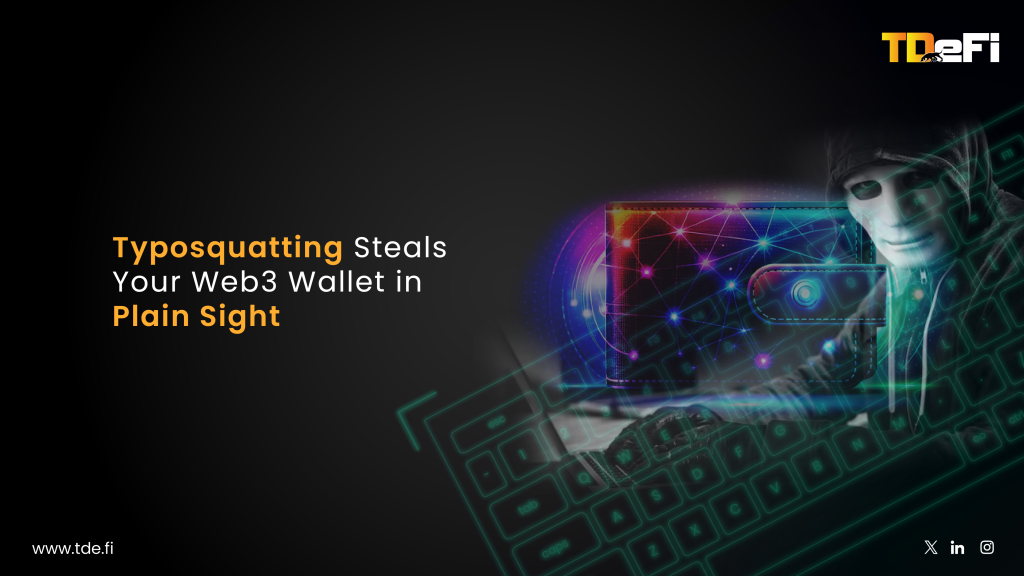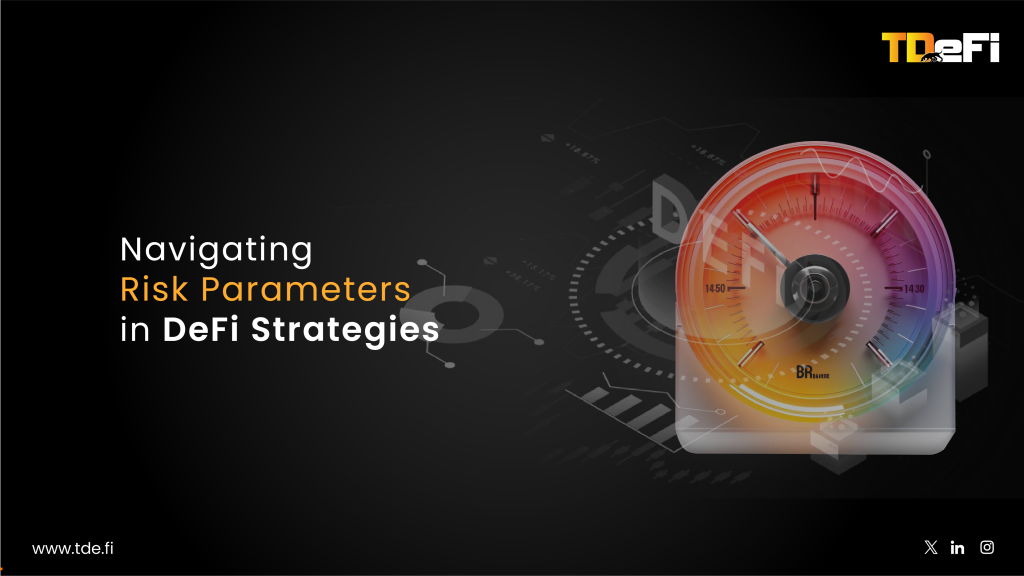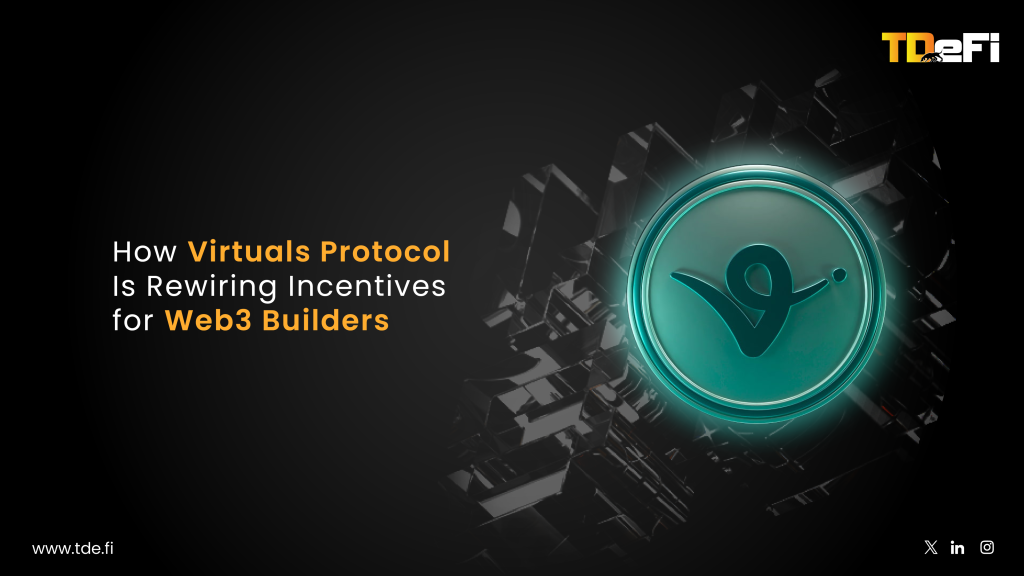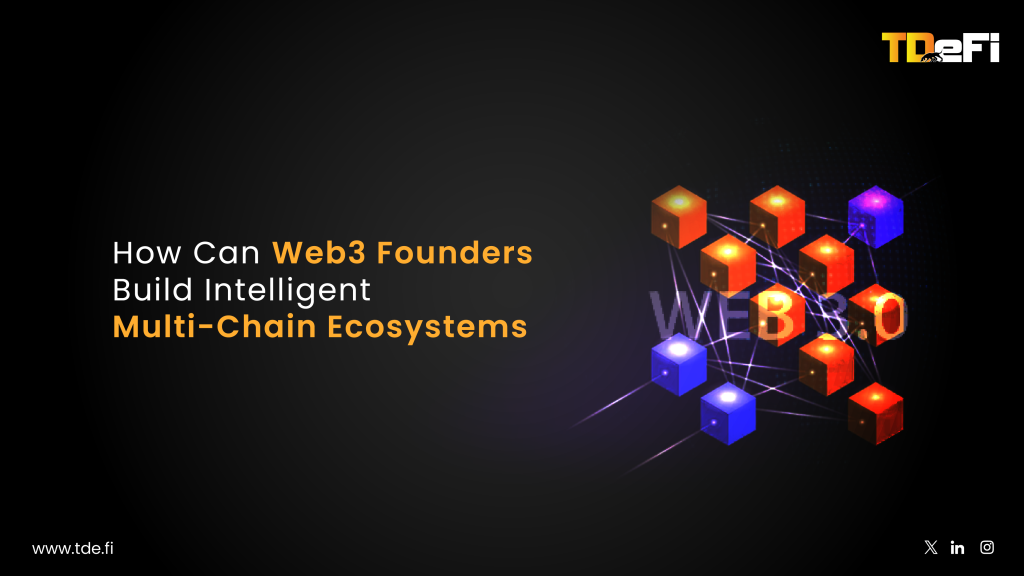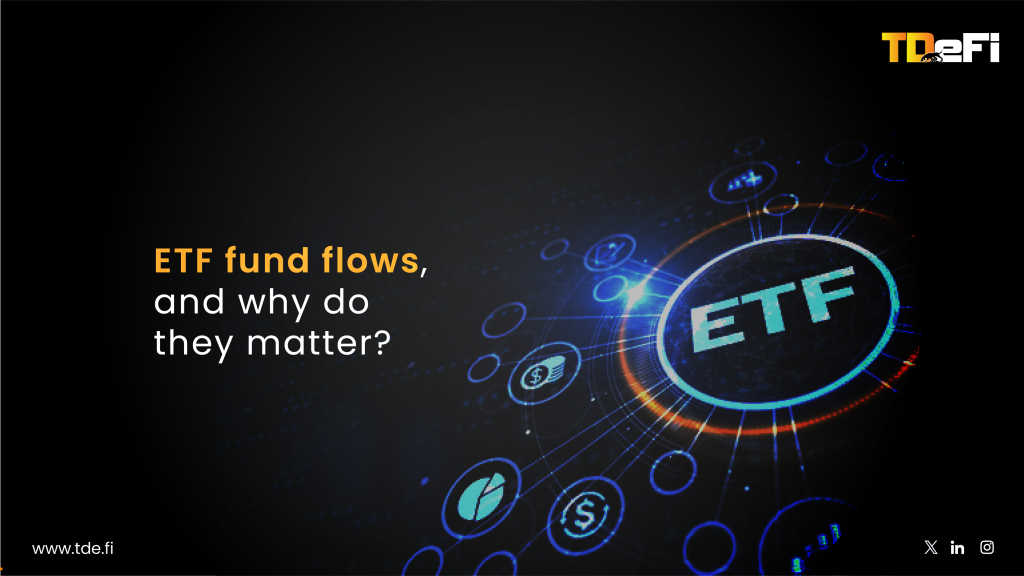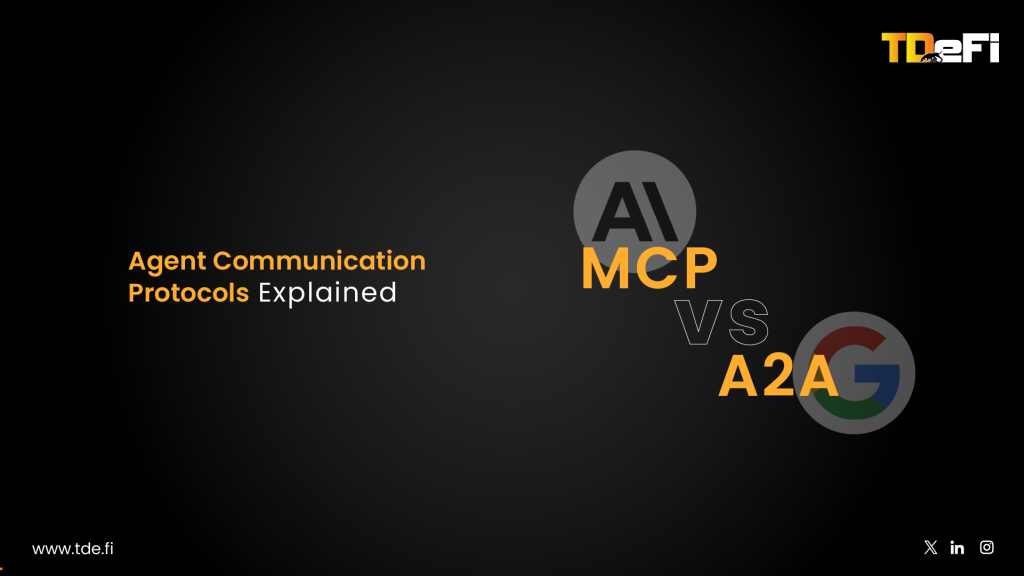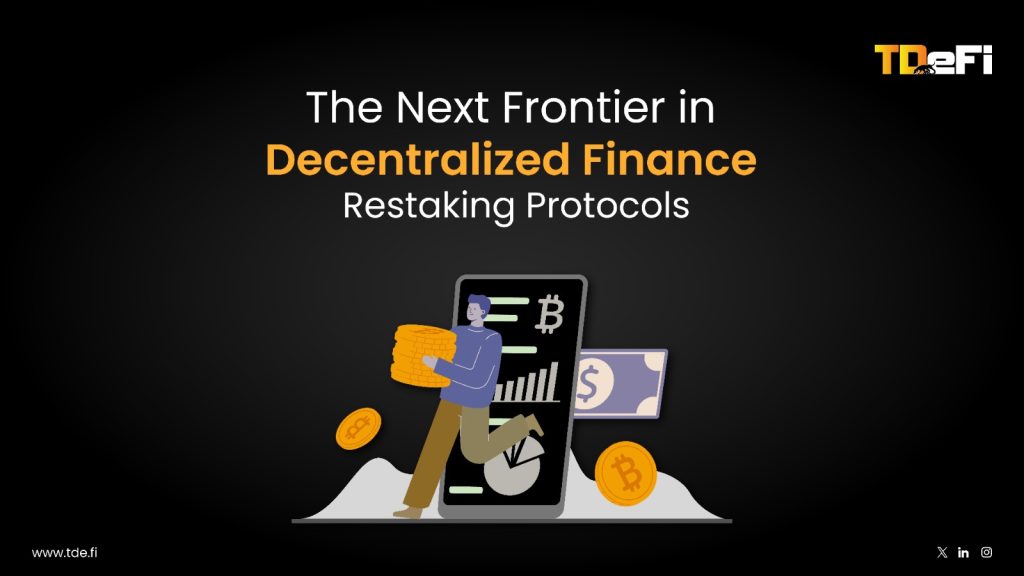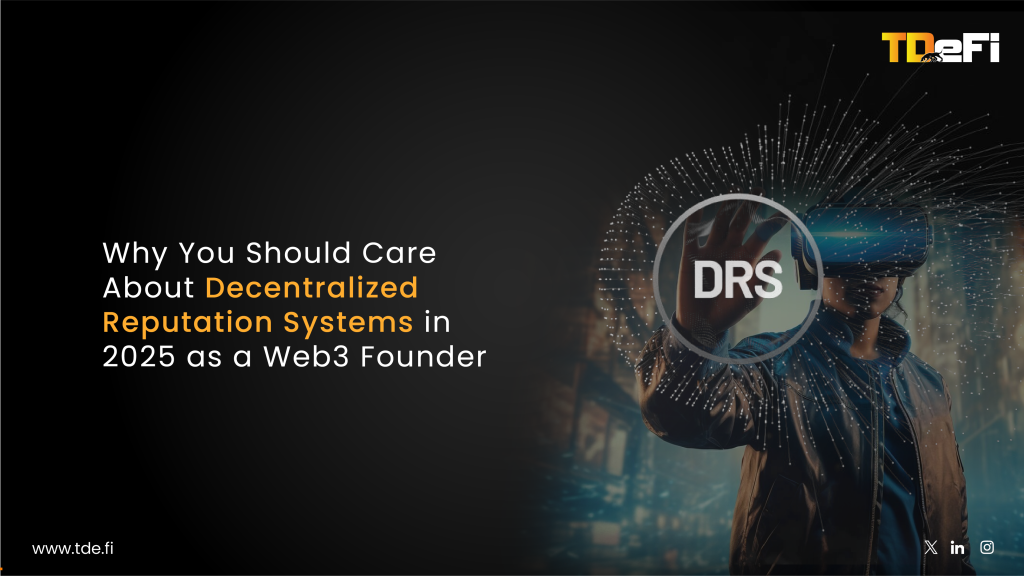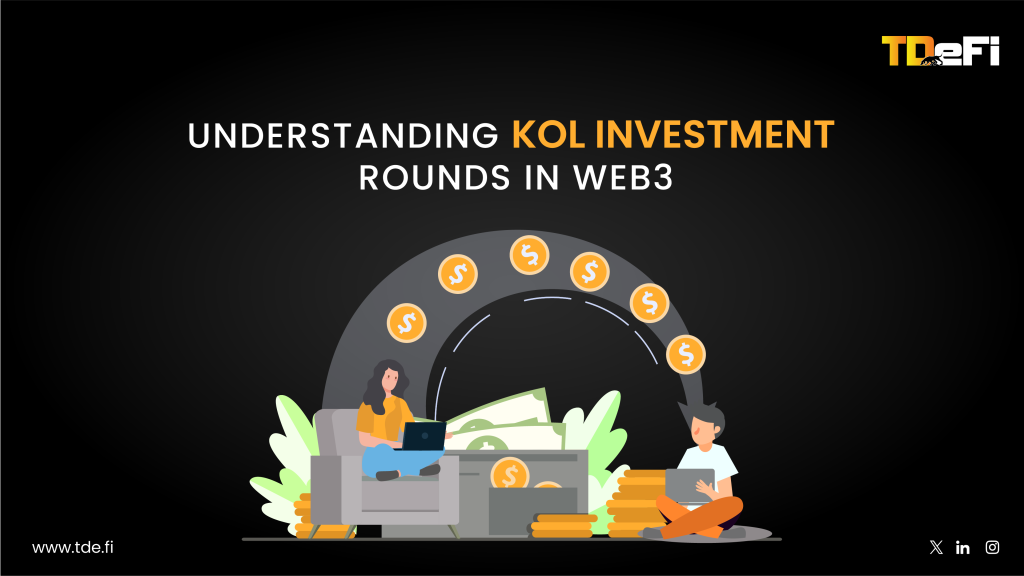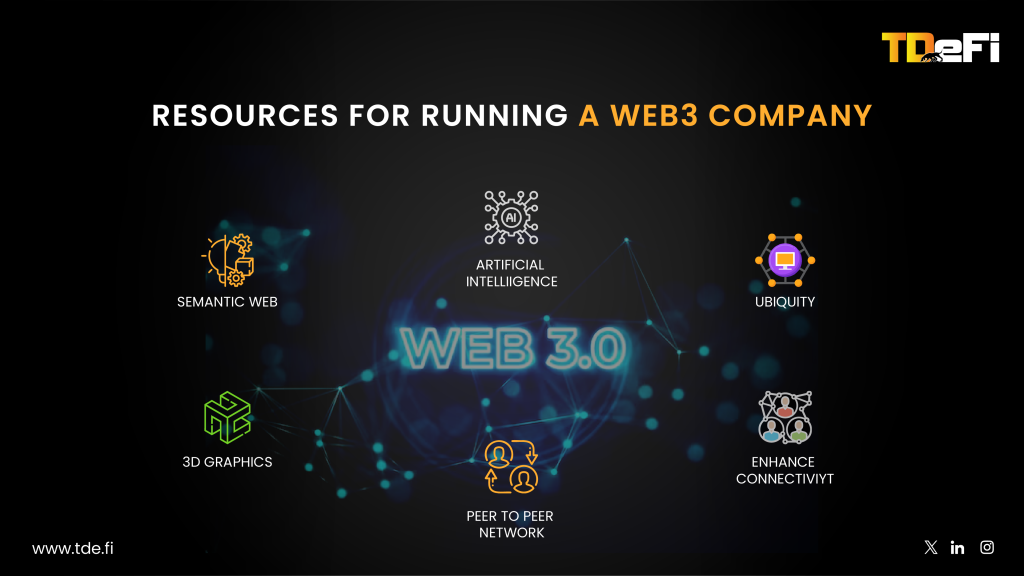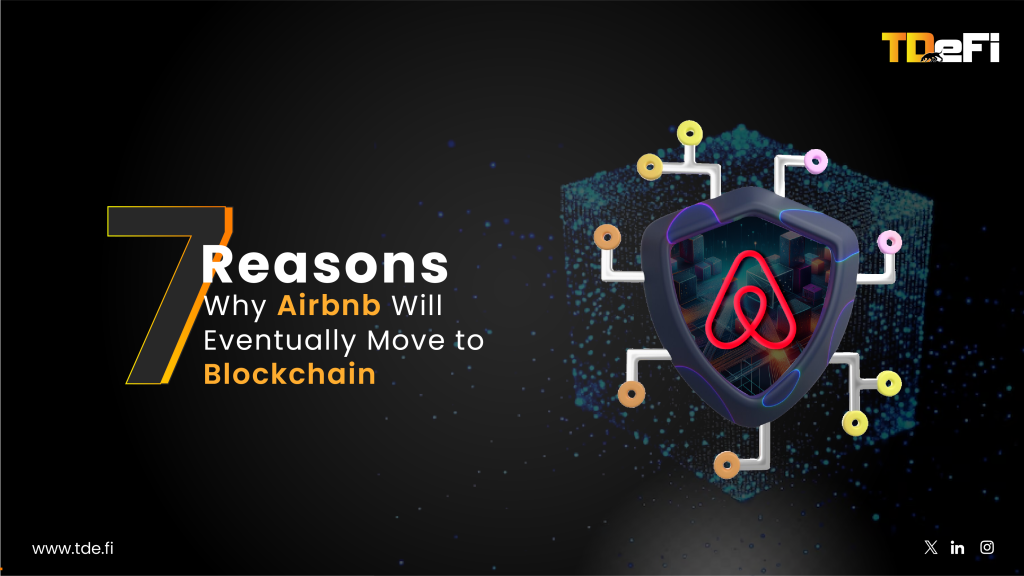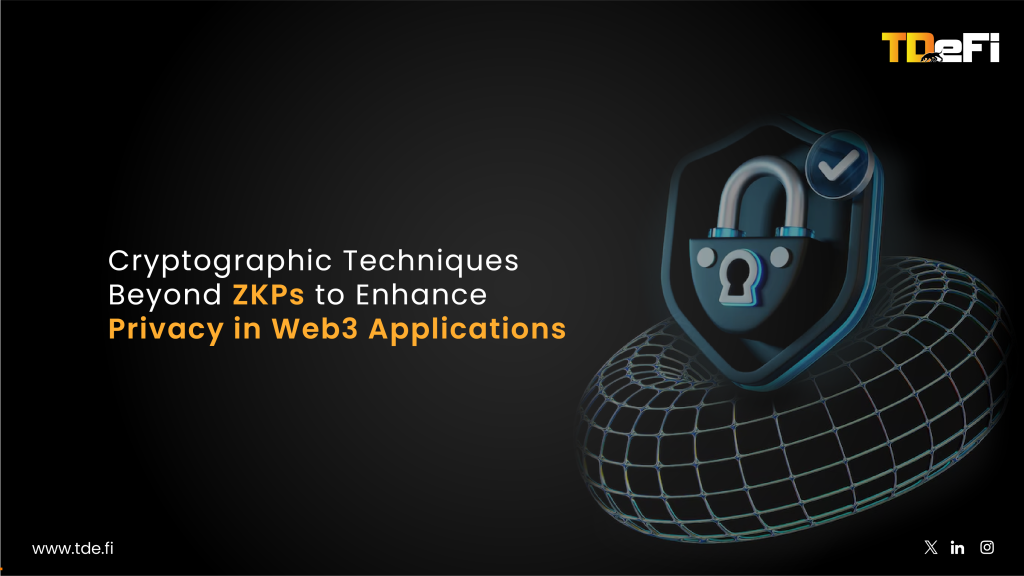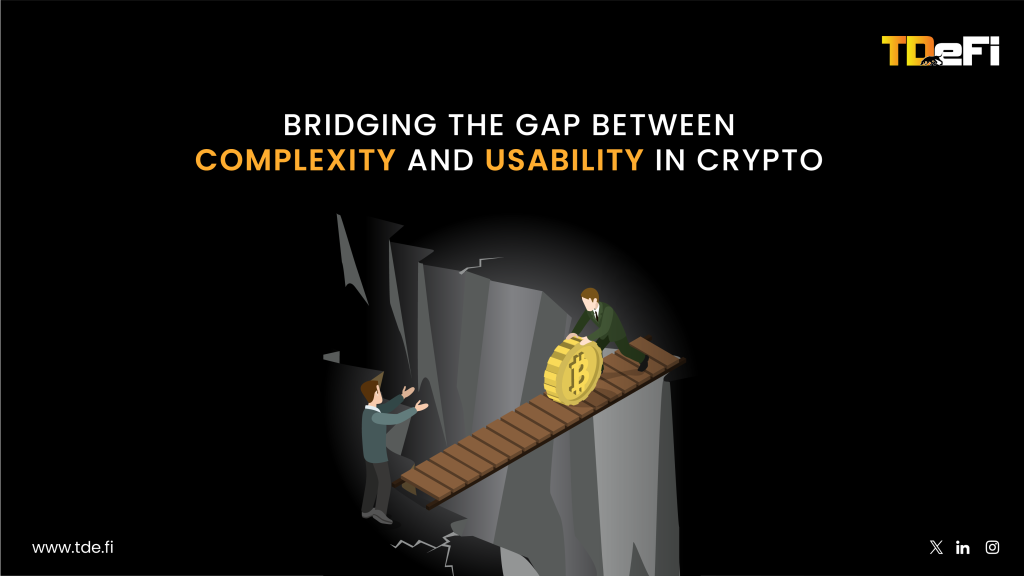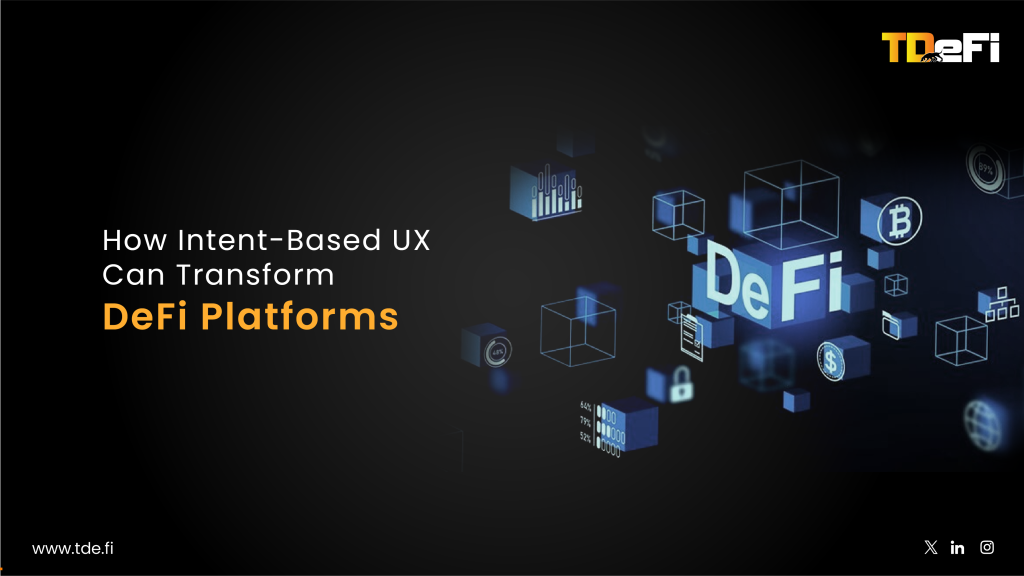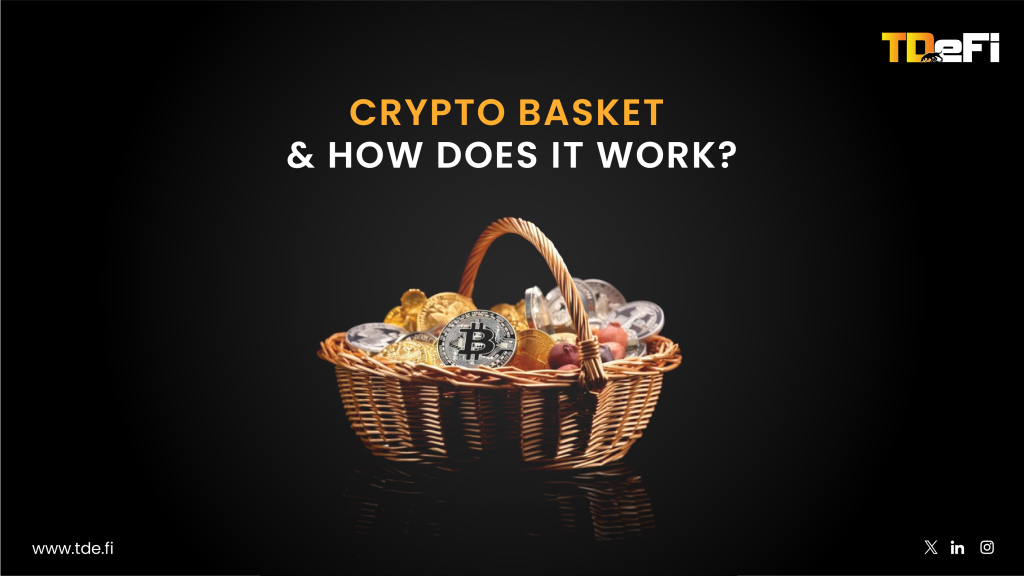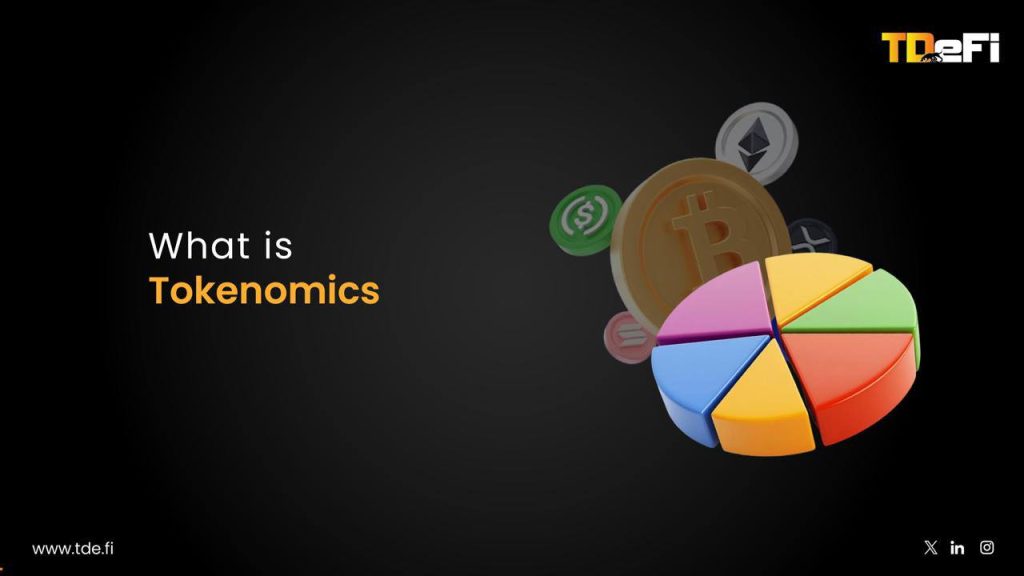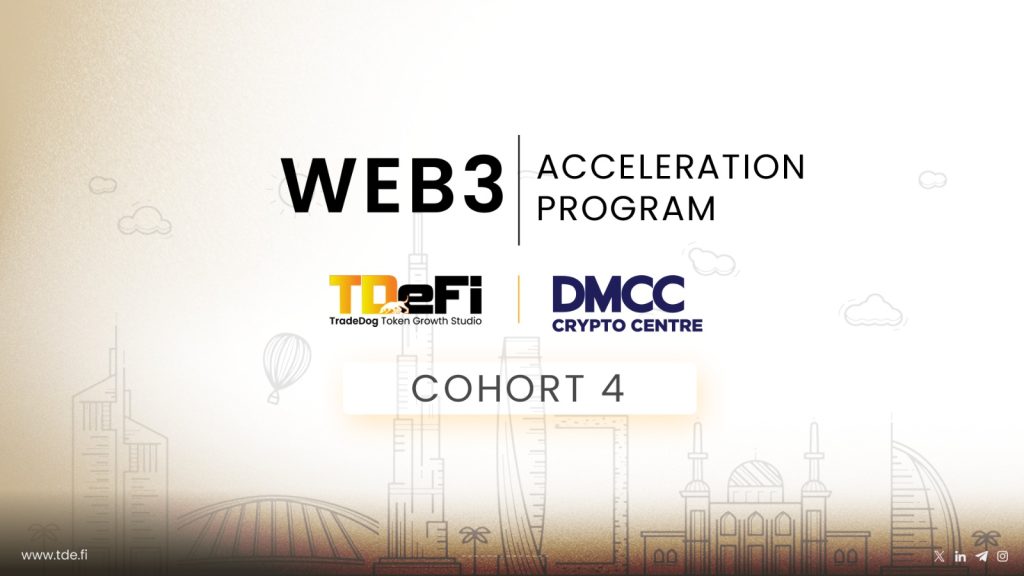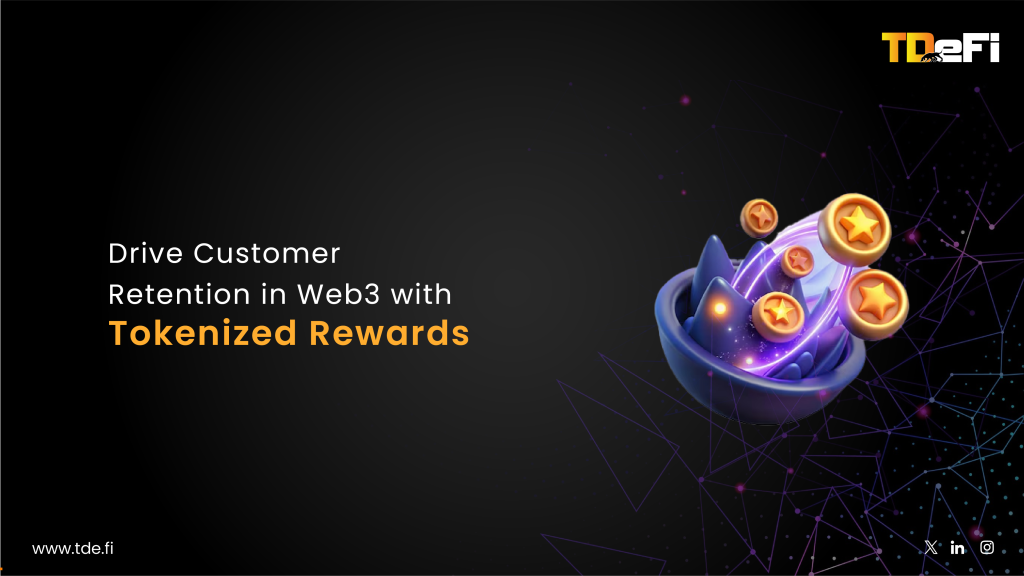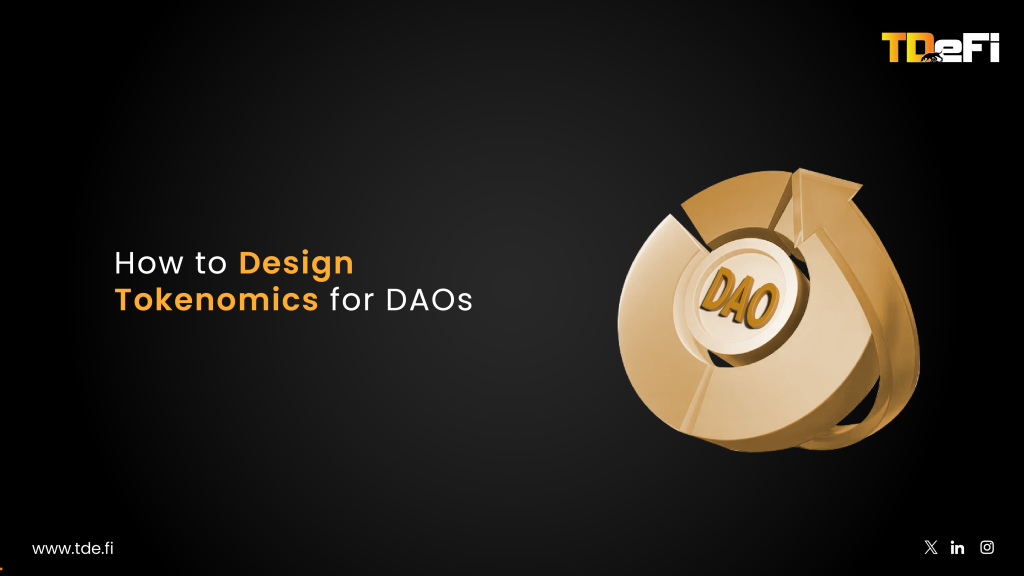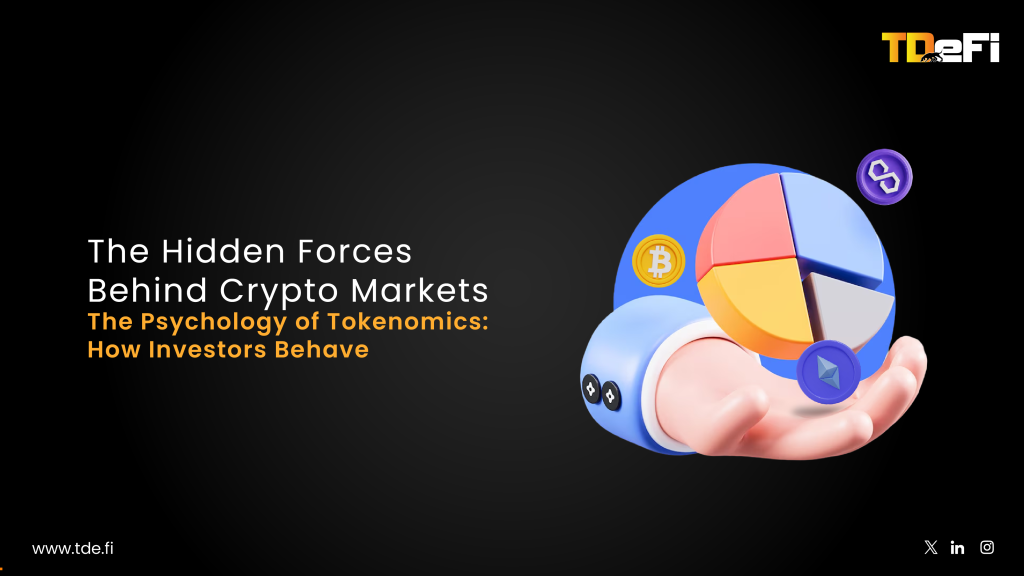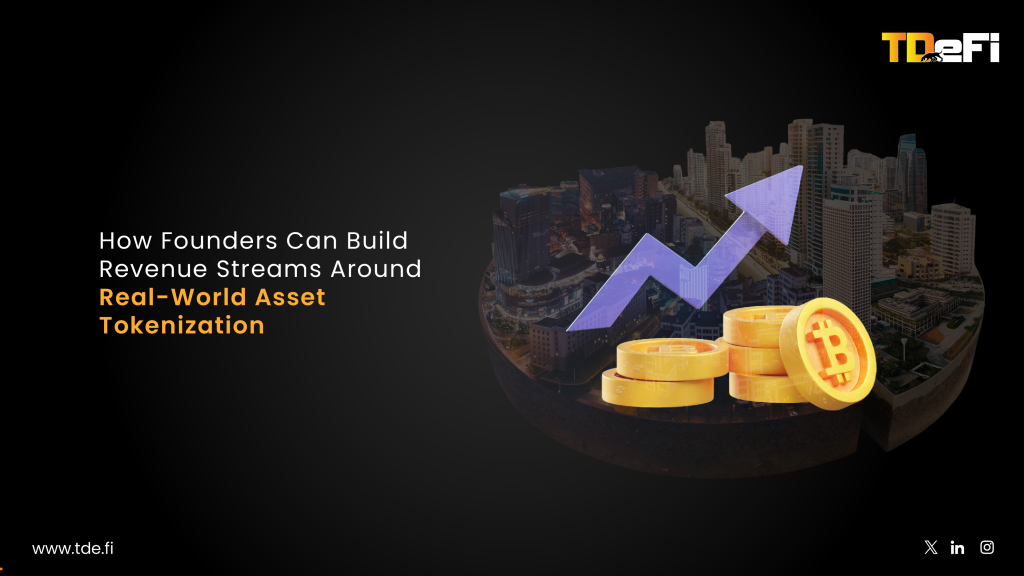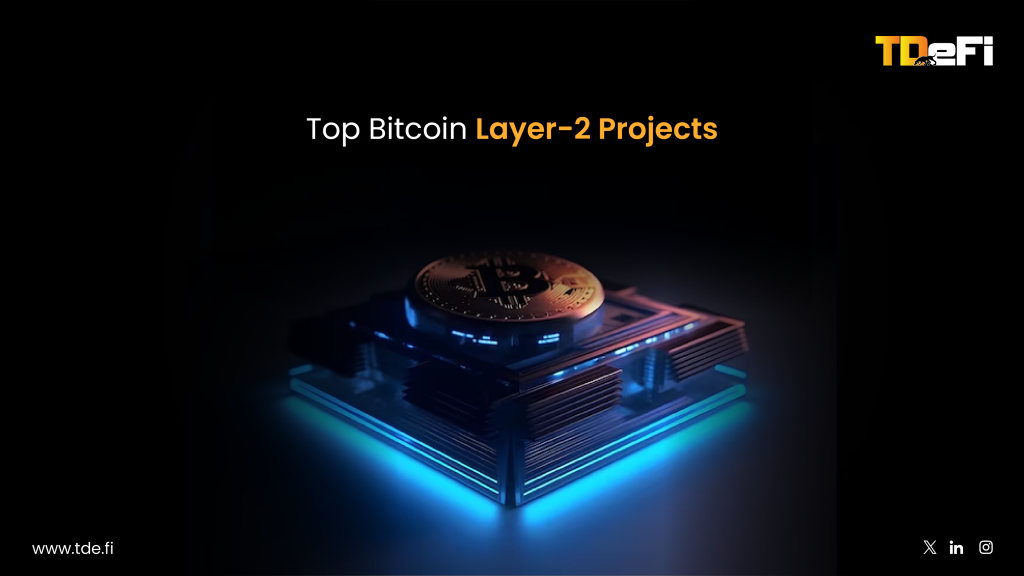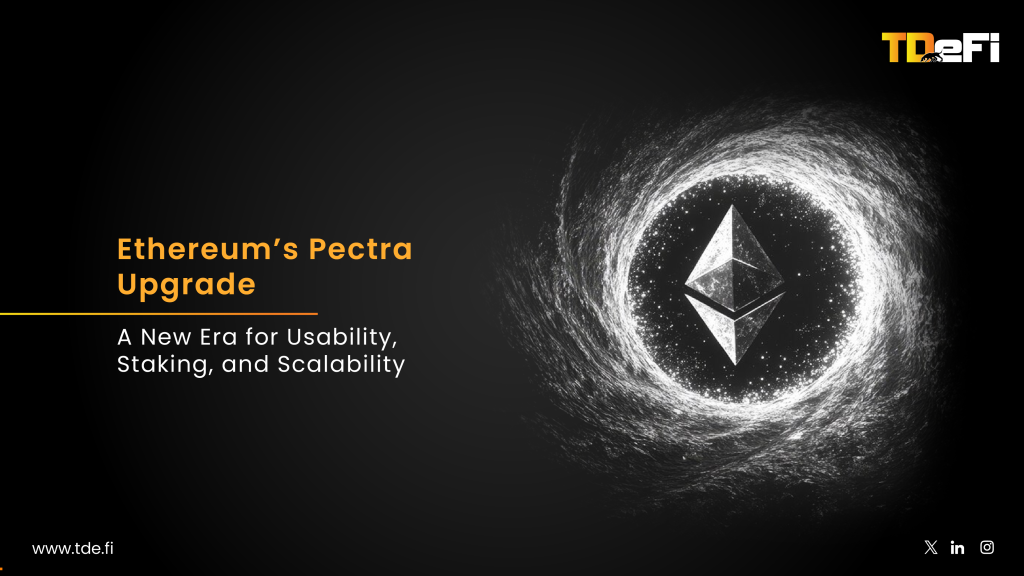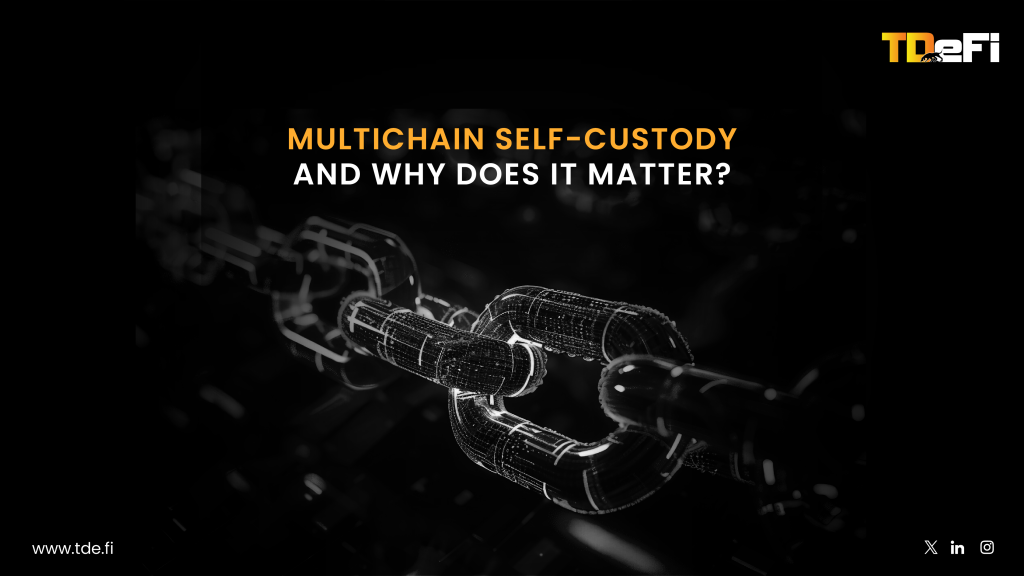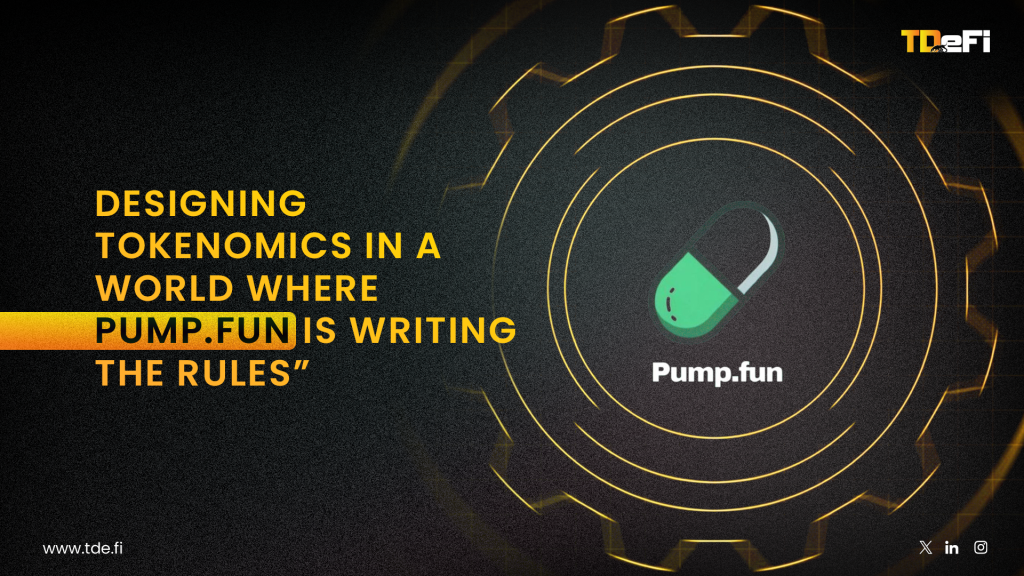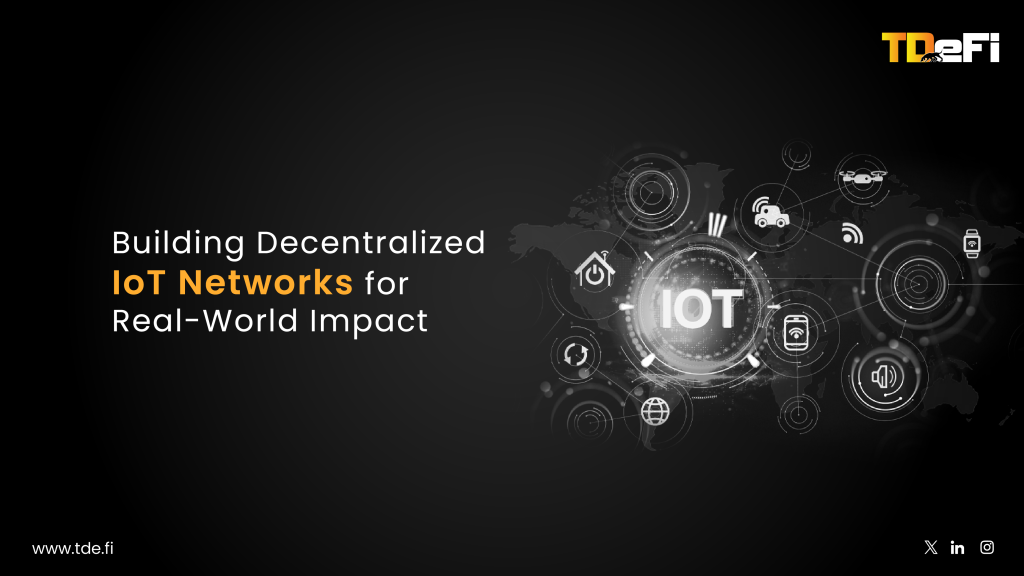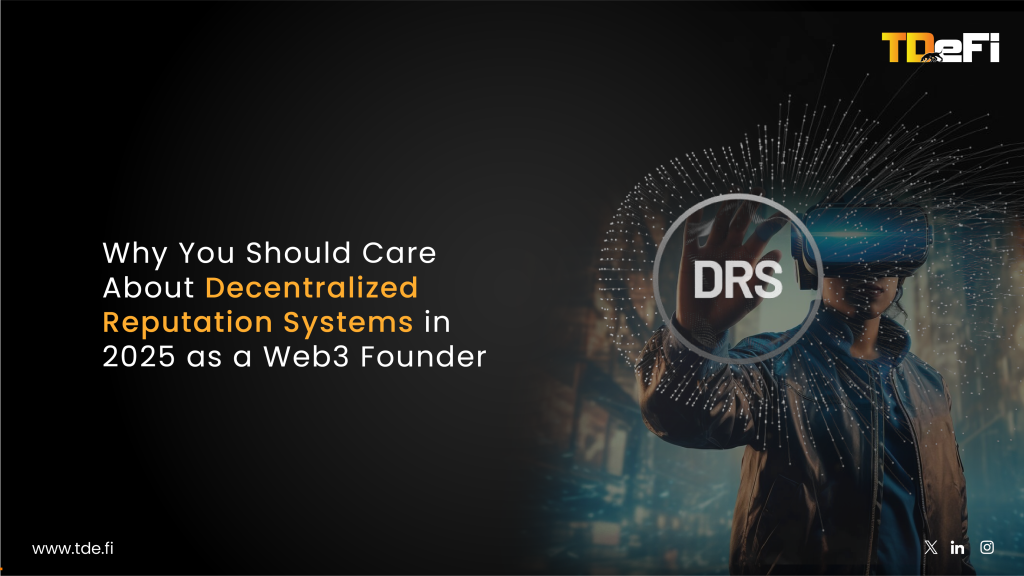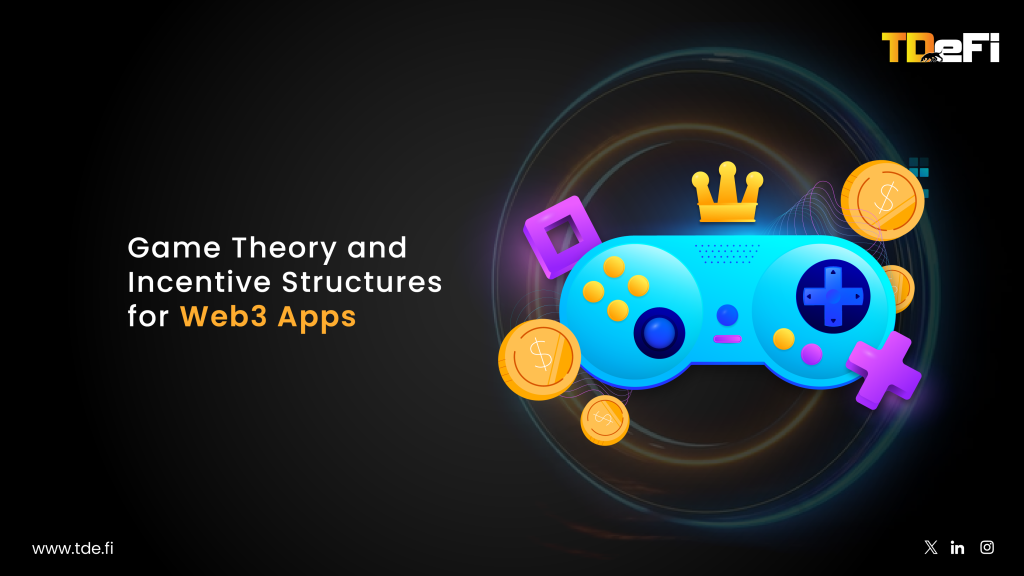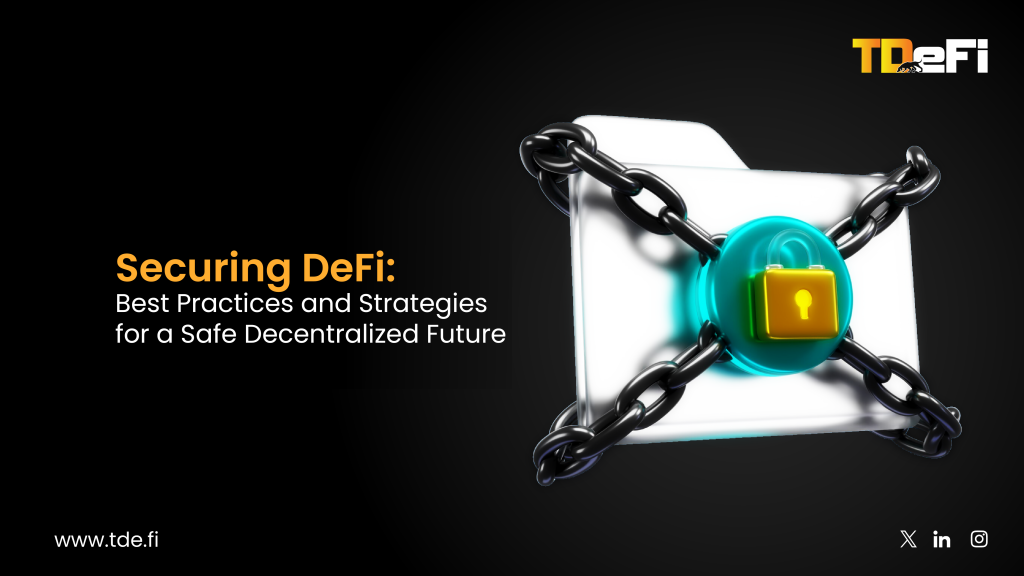DeFi has been one of the hottest trends in blockchain, offering permissionless financial services without the need for banks or intermediaries. But just like any hot trend, it comes with its own set of challenges—chief among them, scalability. For decentralized finance (DeFi) to reach its full potential, it needs to scale without breaking the bank—or slowing down to a crawl. That’s where Layer-2 (L2) scaling solutions come in.
In this blog, we’ll dive into how Layer-2 solutions are transforming the DeFi space, making it faster, cheaper, and more accessible. We’ll explore how L2 works, why it’s necessary for DeFi’s future, and highlight the benefits it brings to the table. Whether you’re building a DeFi app or using one, this tech is about to change the game.
What Are Layer-2 Solutions?
Think of Layer-2 as the fast lane on a highway. The main blockchain (Layer-1, like Ethereum) handles all the critical operations, like security and settlement, while Layer-2 protocols handle the heavy lifting of transactions off-chain, only posting the final results back to the main chain. This not only reduces congestion but also drastically lowers transaction costs. Layer-2 networks are the unsung heroes that make DeFi scalable, affordable, and efficient.
In the world of DeFi, where speed and cost are crucial, Layer-2 solutions are the key to unlocking new potential. They’re like a turbo boost for DeFi protocols, allowing them to scale without compromising security or decentralization.
Why DeFi Needs Layer-2 Solutions
DeFi’s rise has brought attention to a significant hurdle—scalability. Ethereum, the most popular blockchain for DeFi apps, was never built to handle the massive surge of transactions that came with the DeFi boom. As more users flood DeFi platforms, Ethereum’s network congestion has resulted in skyrocketing gas fees and slow transaction times, making it less practical for everyday users.
Take Uniswap, one of the biggest decentralized exchanges (DEXs). When DeFi first took off, Uniswap launched directly on Ethereum, but the network wasn’t equipped to handle the growing number of users and transactions. As a result, transaction fees shot up, and transactions took longer to process. So, what did Uniswap do? It deployed on Layer-2 solutions like Optimism and Arbitrum, which use optimistic rollups to help Ethereum handle the extra load. Now, users can enjoy faster and cheaper transactions, which improves the overall DeFi experience.
How Layer-2 Solutions Optimize DeFi
Layer-2 solutions make DeFi more scalable by offloading transaction execution from the congested Layer-1 blockchain. By processing transactions off-chain and bundling them into compressed formats or validity proofs, Layer-2 networks can significantly increase throughput and reduce costs. Let’s break down some of the ways this works:
1. Offloading Transaction Execution
Layer-2 moves the heavy transaction computations from Layer-1 to Layer-2, freeing up space on the main chain for essential tasks like security and settlement. This means less congestion and lower fees for DeFi users.
2. Parallel Processing
Some Layer-2 solutions use sidechains or rollups to process transactions in parallel to the main chain. This boosts transaction throughput and helps the system scale efficiently without compromising performance.
3. Bundling Transactions
Layer-2 solutions bundle multiple transactions into compressed formats or validity proofs before submitting them to Layer-1. This reduces the number of individual transactions that need to be processed by the main chain, lowering gas fees and improving efficiency.
Benefits of Layer-2 for DeFi
Faster Transactions
When transactions are processed off-chain and then submitted to the main chain in batches, they can be completed almost instantly, compared to the slow transaction times on Layer-1. This is crucial for DeFi platforms like decentralized exchanges, where users need quick transaction finality.
Lower Transaction Fees
By moving the majority of transaction processing off-chain, Layer-2 solutions significantly reduce gas fees. This means users can interact with DeFi protocols without worrying about high transaction costs eating into their profits.
Better User Experience
Faster transactions and lower fees lead to a much smoother and more user-friendly experience. For DeFi apps, this translates to higher adoption rates, as users flock to platforms that offer a better experience.
Increased Scalability
Layer-2 solutions help DeFi platforms scale by allowing them to process a much larger number of transactions without overloading the base layer. This means more users, more transactions, and less risk of congestion—keeping everything running smoothly.
Looking Ahead
As DeFi continues to expand, Layer-2 solutions will play a pivotal role in shaping its future. The growing adoption of Layer-2 technologies, like Optimism and Arbitrum, signals a shift toward more scalable, efficient, and user-friendly DeFi protocols. With transaction fees dropping and speeds picking up, Layer-2 solutions are unlocking DeFi’s true potential.
Whether you’re building a DeFi protocol, interacting with one, or just curious about the future of decentralized finance, Layer-2 solutions are the unsung heroes that will power the next generation of DeFi innovation. Keep an eye on how these technologies evolve—because they’re just getting started.



